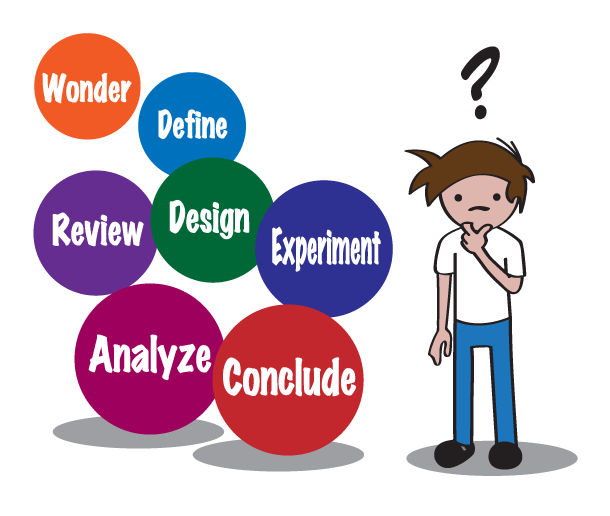We at PsychLaw.net have found that discussions in the social science literature describe few options for children who suffer severe and unreasonable alienation from a parent and highlight the ineffectiveness of available remedies. For example, Rand, Rand, and Kopetski (2005) reported the failure of traditional psychotherapy in their follow-up study of the 45 children from 25 families Kopetski had studied over 20 years starting in 1976. A range of moderate to severe PAS characterized those cases. Alienation was interrupted by judicial action for 20 children from 12 families where there was enforced visitation or a change of custody. But for those in the treatment group where there were only orders for therapy and gradually increased access, alienation remained uninterrupted and in some cases became worse.
Qualitative case studies and experienced clinicians have found that traditional psychotherapy as the primary intervention simply does not work in severe and even in some moderate alienation cases (Clawar & Rivlin, 1991; Dunne & Hedrick, 1994; Gardner, 2001; Kopetski, 1998a, 1998b; Kopetski, Rand, & Rand, 2006; Lampel, 1996; Lowenstein, 2006; Lund, 1995; Rand, 1997b; Rand, Rand, & Kopetski, 2005). Fidler and Bala (2010) concluded that “all severe and some moderate cases of alienation … are likely to require a different and more intrusive approach if the relationship with the rejected parent is not to be abandoned and the alienation is to be successfully corrected.”
A reunification option, short of reversing custody, is for the court to order a prolonged period of residence with the target parent, such as during the summer or an extended vacation, coupled with counseling and temporarily restricted or suspended contact with the alienating parent. This arrangement, which in the long run provides less disruption and greater continuity of care, may in some cases be more appropriate than reversing custody permanently. This period of prolonged residence affords the child and target parent the uninterrupted time and space needed to repair and rebuild their relationship, assuming that the alienating parent either relinquishes their malicious efforts or gives up trying to destroy the target parent’s relationship with the alienated child.
Warshak (2010b) and Warshak and Otis (2010) offered an alternative approach called Family Bridges, in which the target parent and the alienated child travel to a program site – a family home, hotel or vacation resort – for four consecutive days. The alienated children and the target parent share their experiences with one another and re-examine their assumed, indoctrinated false beliefs to which the children have become accustomed. In commenting on Family Bridges, Kelly (2010) wrote that the daily structure and other program components were guided by well-established evidence-based principles and incorporated multimedia learning, positive learning environment, focused lessons addressing relevant concepts, and learning materials providing assistance with integration of materials. She noted that the lessons and materials were drawn from universally accepted research in social, cognitive, and child developmental psychology, sociology, and social neuroscience. Another important feature of Family Bridges, wrote Kelly (2010), is the safe atmosphere created by the program leaders from the very beginning. She saw this as an essential feature of the program that promotes more willing participation and active learning. See Chapter 5 for a more complete discussion of Family Bridges.
Another approach to bringing the alienated child back into a relationship with the target parent that we at PsychLaw.net have looked into is the development of a comprehensive reunification plan. Reunification therapy is generally a one-time opportunity, so it needs to be done correctly from start to finish. Usually, the alienated child is resistant and must be “forced” to meet with the target parent. Also, the alienating parent may publicly support the idea of reunification but will privately engage the child, and often alienation allies as well, to sabotage and undermine the therapeutic effort. Thus, the likelihood of success becomes minimal without good planning. Frequently, it is helpful for the court to appoint an independent expert or an expert retained by the target parent to conduct a study and formulate a well-developed plan or blueprint for all the parties to follow. The reunification planner may be a different MHP than the reunification therapist.
Most MHPs acknowledge that they have neither the training nor experience to work as a reunification specialist. Generally, the reunification specialist is contacted by a “selection committee,” which may be comprised of the clients and/or their attorneys. The selection committee should consider the competence of the prospective therapist, her level of experience, and her willingness to adhere to a well-developed reunification plan developed by an independent evaluator or at least participate in the formulation of an effective approach to reunification as the process unfolds. (See Chapter 7 for a further discussion of reunification therapy.)
Systemic issues in family law create “points of slippage” when the judge is vulnerable to being misled, which is related to: the court’s bias toward the protection of children; the unmatched discretion and latitude of the family trial judge; and the fact that psychological matters are being decided by someone unlikely to be trained in psychology. Also, attorney representation by its very nature consists of advocating by another non-psychology professional. Alienation cases are confusing, highly conflictual, and replete with false allegations and questions of credibility. It takes a skillful MHP to assist the attorney in a consultative role, much like an attorney may rely on a forensic accountant. A mental health consultant should serve in a non-visible but active role both with the client and attorney, never testifying or blurring the roles of therapy and evaluation.
During the initial phase of the consultation, the MHP must determine whether the case involves PA or simply estrangement that resulted from abuse by the rejected parent. If it is a case of estrangement, we recommend that the mental health consultant offer the client rehabilitative advice and then withdraw from the case. On the other hand, if it is a case of PA, the mental health consultant as a team member assists in developing an effective strategy from the chronology of the case to the conflicting findings and opinions throughout the case, whether presented in court proceedings, depositions, or collateral contacts. The role of the consultant includes advising the attorney how to challenge therapists, evaluators, guardian’s ad litem (GALs), parenting coordinators, and other lay witnesses and experts involved in the case. The mental health consultant’s role is confined to “consultation” rather than “collaboration,” the latter term meaning shared authority in making decisions (Bone and Sauber, 2012).



